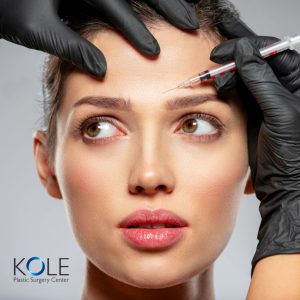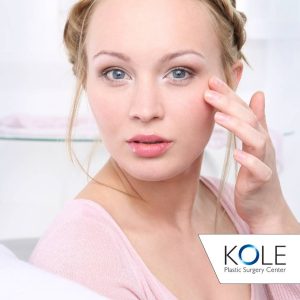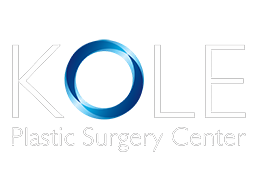The use of Botox has increased exponentially over the past several years, such that it is the number one cosmetic procedure performed in the world.
Every time you smile, frown, or laugh, dynamic wrinkles are created by your facial muscles and shown on the underlying skin. Unfortunately, the more animated your face is, the deeper these lines become.
Botox is designed to reduce horizontal lines of the forehead, frown lines, crows’ feet around the eyes, vertical lip lines, as well as the “number 11s” between your eyes. Botox blocks the nerve impulses to the tiny facial muscles that are used to animate your face. This therapy causes the muscles in that area of the injection to stop working, leaving the overlying skin smooth and wrinkle free. It is a very simple and safe procedure requiring no anesthesia.
Botox is commonly used in conjunction with other treatments such as microdermabrasion, chemical peels, or other agents that maybe recommended tofill skin wrinkles. Your Botox therapy can be customized to your individual needs. Some patients like to retain some movement in the area, while some patients prefer a complete paralysis of the muscles. You should discuss your individual situation with your surgeon and point out the specific wrinkles that you are trying to address.
After Botox treatment, you should not take any anti-inflammatory medicines for four hours and avoid strenuous activity. The day after your treatment, you may have minimal pinpoint bruising from the needles that are used to inject into the muscles. The side effects are usually confined to the area where the Botox is injected. There maybe minor discomfort as well as a possibly of a small bruise.
The action of Botox starts in approximately 24 hours and may take up to a week to work; the full effect is seen in approximately two weeks’ time.
It is okay to have a small amount of movement as long as the wrinkles lines are diminished. The objective of the treatment is to improve the appearance of the lines and not necessary paralyze the musculature. If an improvement can be obtained while retaining some minor muscle function that leaves you with some expression, that is often preferable than the “statue” look that is obtained with complete paralysis.
Kole Plastic Surgery welcomes the thoughtful inquiries he has received from patients. As a skilled Pennsylvania plastic surgeon, he knows that clients considering aesthetic or reconstructive surgery need information and reassurance before they can make an informed, realistic choice about undergoing a medical procedure. Please call 215-315-7655 to get more advice or to obtain a free copy of Dr. Kole’s book, Cosmetic Surgery: The Risks and Rewards.





